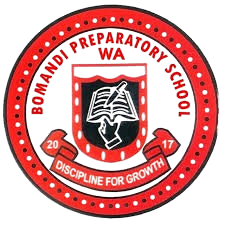(EdTech) encompasses the tools, techniques, and approaches used to enhance learning experiences. It leverages technology to deliver learning materials, support learning processes, and create engaging and personalized learning environments. EdTech includes a wide range of tools, from interactive simulations and augmented reality to online learning platforms and AI-powered learning systems.
Here’s a more detailed look:
1. What is Educational Technology?
-
Definition:EdTech is the application of technology in education, encompassing various tools and methods to improve teaching and learning.
-
Tools:Examples include online learning platforms (like Coursera), interactive simulations, educational apps, multimedia content, and virtual reality (VR) and augmented reality (AR) applications.
-
Applications:EdTech aims to make learning more interactive, engaging, and personalized, often incorporating elements of gamification and adaptive learning.
2. Key Areas of EdTech:
-
Augmented and Virtual Reality (AR/VR):These technologies create immersive learning experiences, allowing students to explore historical sites, dissect virtual organs, or visualize complex concepts in a new way.
-
Personalized Learning:EdTech can be used to tailor learning paths to individual student needs and preferences, providing targeted support and enrichment.
-
Artificial Intelligence (AI):AI is increasingly used in EdTech to automate tasks, personalize learning, and provide feedback to students.
-
Online Learning Platforms:Platforms like edX and MOOCs offer access to a vast array of online courses and learning resources.
-
Accessibility and Inclusivity:EdTech can help make education more accessible for students with disabilities, offering features like screen readers, text-to-speech, and adaptive learning tools.
3. Benefits of Educational Technology:
-
Enhanced Engagement:EdTech can make learning more interactive and engaging through multimedia content, gamification, and interactive simulations.
-
Improved Accessibility:EdTech can provide access to learning materials and resources that may not be available in traditional classrooms.
-
Personalized Learning:EdTech can be used to tailor learning paths to individual student needs and preferences.
-
Increased Flexibility:EdTech allows for flexible learning environments, enabling students to learn at their own pace and in their own style.
-
Global Connections:EdTech can facilitate collaboration and learning across geographical boundaries.


